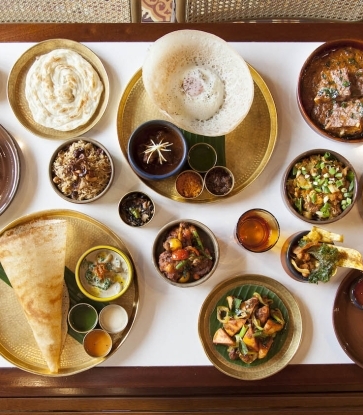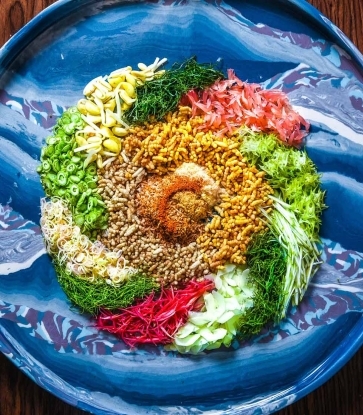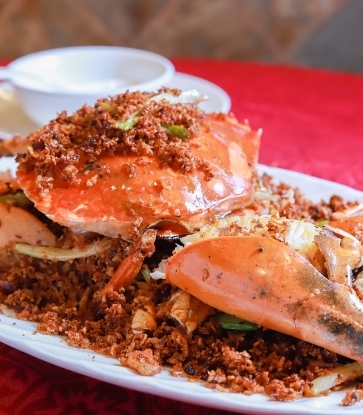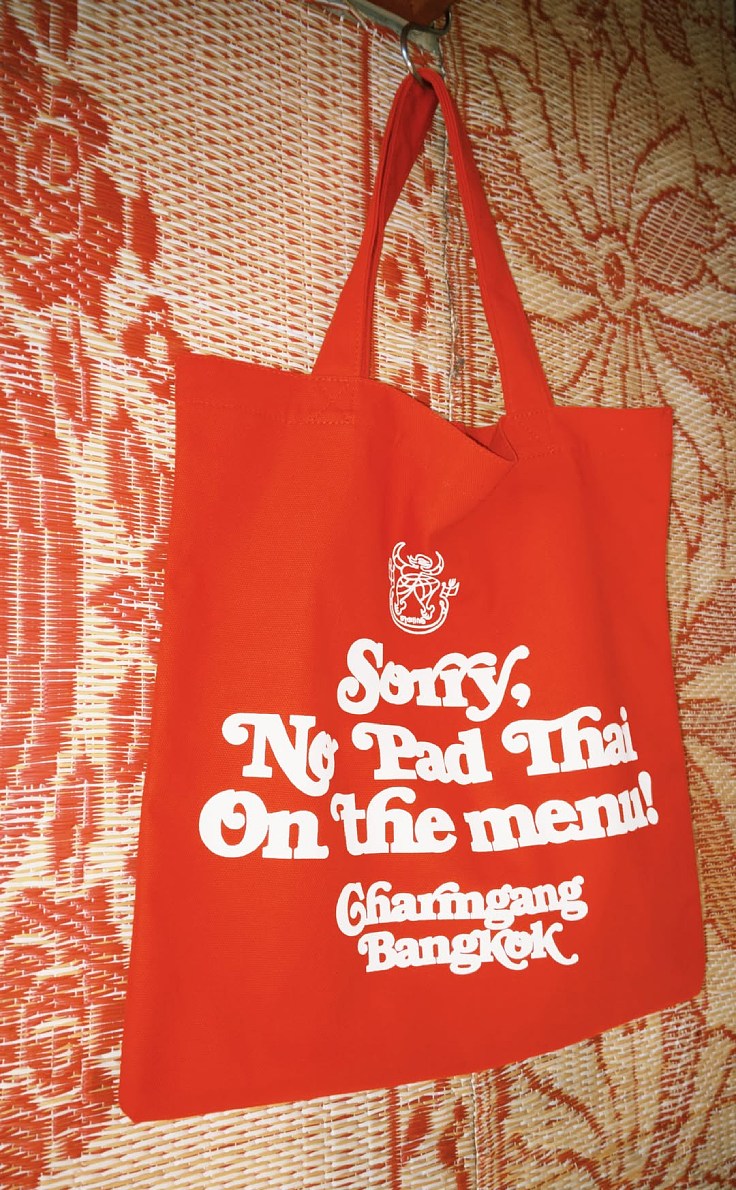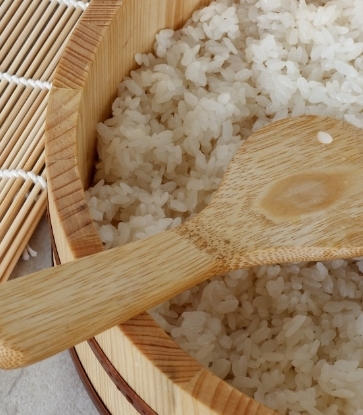At the old Albert Centre in Singapore, Mdm Yeo Hoon Yee has been incredibly busy since the beginning of of the year. She is the founder of Geck Huat Trading Pte Ltd, and a purveyor of these sought-after dried goods for the last 40 years. "Although prices have gone up since last year, and business isn't as good as it was before, it has still been very brisk," she says. She has had to lengthen her opening hours to keep up with the demand since January, closing daily after 8pm.

We take a look at some of the dried goods and canned delicacies consumed during the Lunar New Year, what they're used for, and how to prepare them.

Most of the dried mushrooms on the market are from China or Japan. Of these, flower mushrooms (identified by the 'flowering' cracks on their caps) are considered the highest quality, followed by thick mushrooms and then winter mushrooms. Flower mushrooms and thick mushrooms are more suited to long cooking techniques like braising, while the lighter winter mushrooms serve well to accompany Teochew steamed fish without overpowering the dish. Farmed mushrooms are grown indoors and tend to look prettier, with a more intact underside, whereas wild mushrooms are darker, sometimes black or dark brown.

Fish Maw is made from the dehydrated swim bladder of large fish like croaker or sturgeon. To get the light, spongy consistency of fish maw that we are used to seeing in soups, the swim bladders are first fried in oil. Although this breaks down its collagen and nutrition, the resulting texture is more sought-after.

Abalone
Few people use dried abalone these days, opting instead for the more convenient canned abalone, the varieties of which are endless: from large palm sized abalone to tiny baby abalone, and abalone from all over the world, Australia, Mexico, Chile, South Africa, just to name a few.
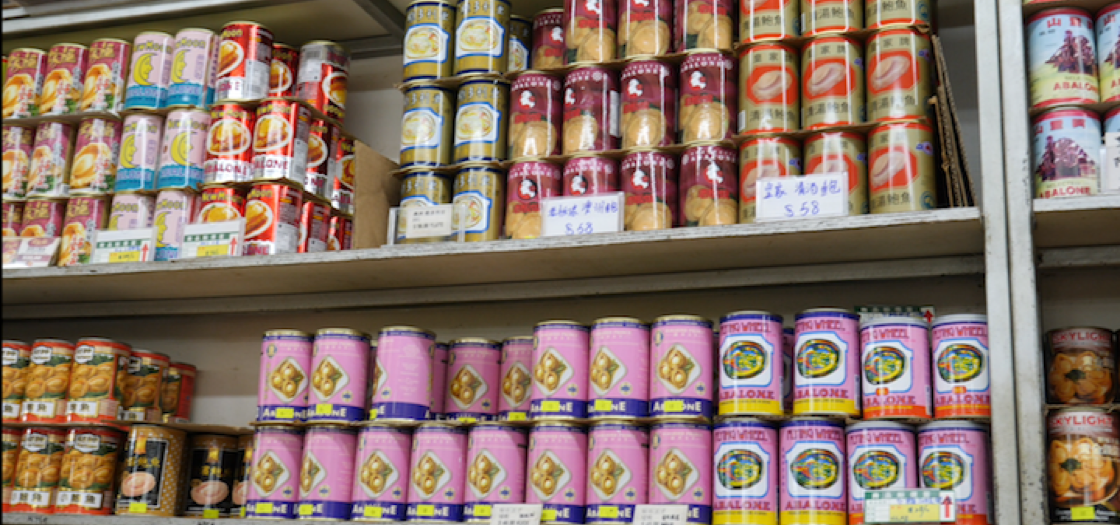

Generally, there are two types of sea cucumber: the bald sea cucumber and the prickly sea cucumber. The prickly ones are thicker and hardier and can withstand long hours cooking in methods like braising without disintegrating; these usually come from countries like Australia, Indonesia and Africa and are paler in appearance.


Dried scallop are often used in soup for the sweet taste it imparts, as well as its nutritional benefits. Dried scallops should have the hue of malted candy; avoid those that are too dark or blackish, which might indicate that the scallops may have not been fresh when dehydrated.




